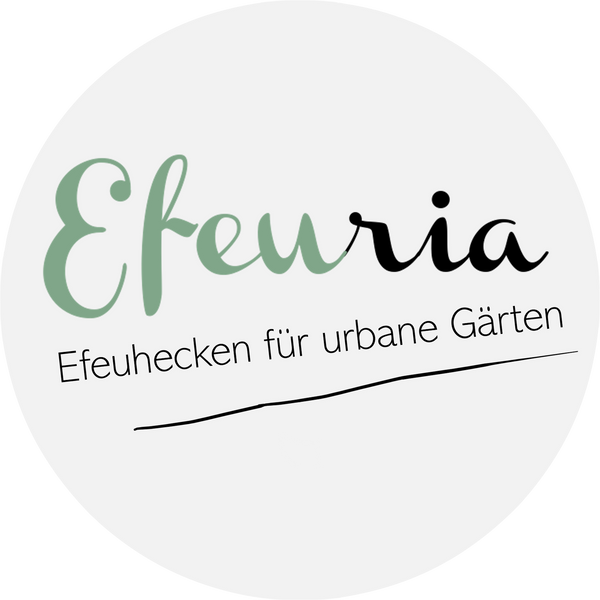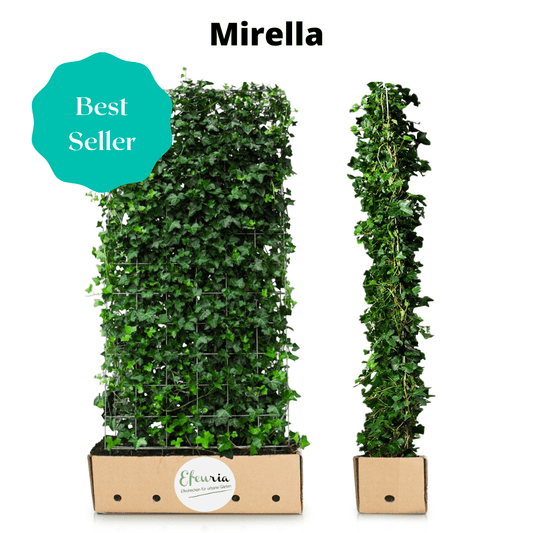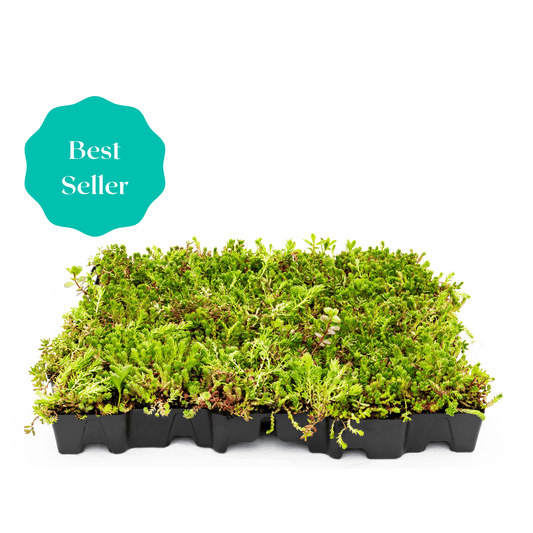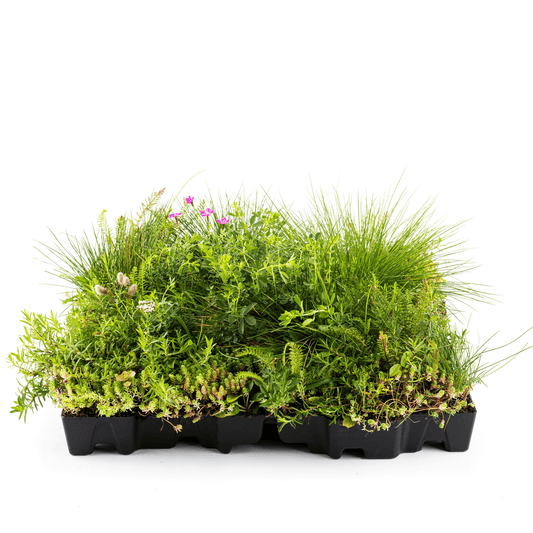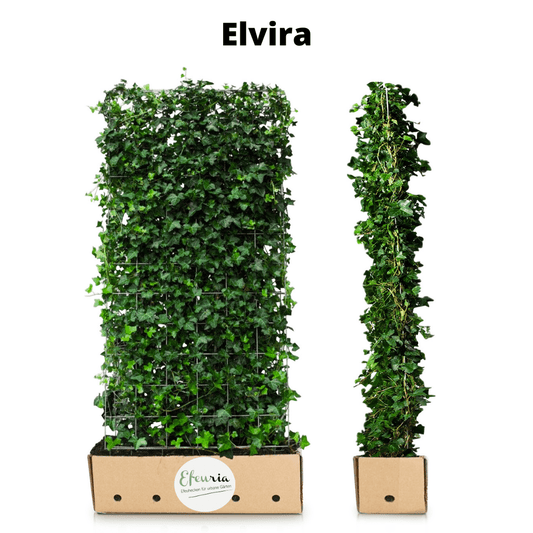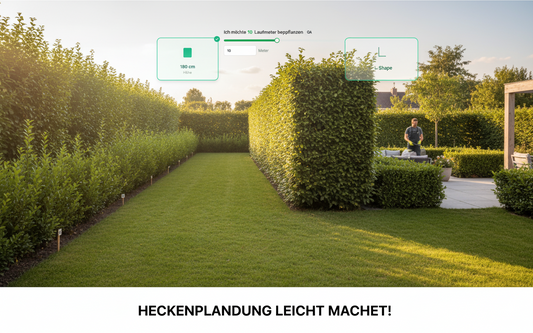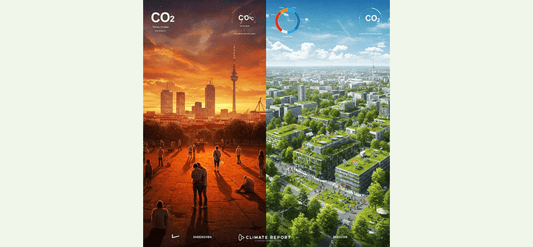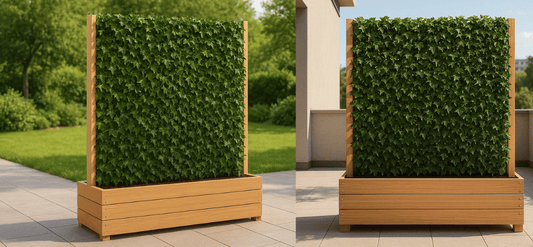General knowledge about green roofs
In today's world where sustainability and environmental protection are playing an increasingly important role, green roofscapes are becoming increasingly popular. Not only are they a real eye-catcher and beautify the surrounding area, but they also offer a variety of benefits for buildings and their residents. In this blog post, we will take a closer look at the characteristics and benefits of green roofscapes and also take a closer look at the different types of green roofs.
Why are green roof landscapes and green roofs so special?
Green roofscapes are more than just aesthetically pleasing; they play a crucial role in increasing the residential and recreational value of buildings. But that is not their only advantage. By effectively protecting the roof waterproofing and the entire roof structure, they help reduce maintenance and operating costs. But that's not all. Green roofscapes are also masters of thermal insulation and help save energy.
Ecological benefits of green roof landscapes and green roofs
The environmental benefits of green roofscapes are impressive and diverse. They contribute to the reclaiming of built-over vegetation areas, especially in densely populated habitats. This helps to bring nature back to the city while improving the quality of life of residents.
Another notable ecological benefit is the improvement of the microclimate. Green roofs balance out temperature fluctuations, increase humidity and reduce heat reflection. This makes life in the city more pleasant and healthier overall.
Green roofs also contribute to water retention, which delays the release of excess water. This is particularly important as it helps relieve pressure on public drains and waterways. This retention of rainwater is called retention and is crucial to protecting our environment.
Legal support for green roof landscapes
The importance of green roof landscapes for our environment and our well-being has also been recognized by the legislature. According to the Federal Nature Conservation Act, plantings can be specified in development plans. Many districts and municipalities make use of this option by making the greening of flat roofs and gently sloping roofs a requirement. As a rule, extensive greening with substrate thicknesses of 10 or 12 cm is required; in special cases, e.g. on underground car park roofs, even coverings of up to 60 cm can be required to enable the planting of shrubs and trees.
Climatic and air-purifying effects of green roofscapes
One of the most fascinating properties of green roofscapes is their ability to improve the microclimate and increase air quality. The water stored in a green roof structure is released into the surrounding air via evaporation processes. This leads to a noticeable cooling and humidification effect, which is more pronounced the larger the leaf mass per square meter. An intensive green roof with shrubs can release an impressive 30 liters of water per square meter on a hot summer day. This significantly reduces the peak temperatures in the rooms below or nearby. This in turn enables the use of smaller air conditioning systems that operate more efficiently, thus saving energy and money.
Another impressive effect of green roof landscapes is their filtering function. They bind dust and pollutants from the air and absorb nutrients that are carried by air or precipitation. In this way, they help to improve air quality and support the health of residents.
A conclusion
Overall, it is clear that green roofscapes are more than just a visual enhancement. They offer numerous ecological, climatic and financial benefits that are invaluable to both the environment and the building's occupants. It is time to further promote and integrate this sustainable solution into our urban environments.
Tip : Here you will find a variety of ready-made green roofs in cassettes, fully grown for private or commercial use and can be ordered online. Take a look .
